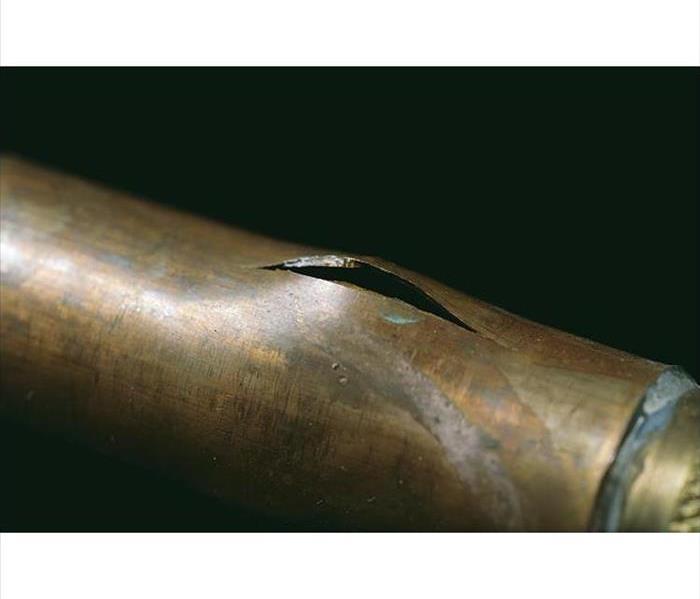How To Monitor Your Home During Warmer Weather For Damage From Cooler Weather
6/24/2019 (Permalink)
While warmer weather is something many of us look forward to, it can bring with it some problems left behind and created by the cooler seasons before it. As seasons change, you should monitor your home and check to see how weather and cooler temperatures have affected it. Even after a very milder winter, it is still critical to assess your homes exterior to make sure the cold weather hasn’t left you with any property damage.
By monitoring your home for the signs of water damage, it allows you to make sure that any problems are resolved before significant damage occurs. Signs of damage include water stains, cracks, mold and mildew, or damp and musty smells. Should you find any signs of damage, it’s important to react quickly and take the necessary steps to prevent the damage from getting worse.
There are several common areas to inspect in which damage often occurs. Places to check for potential damage, include your roof and gutter system, foundation and yard, plumbing system and your homes exterior. From the top down these areas could see potential damage from the cooler seasons.
Roof and Gutter System Damage:
The purpose of your roof and gutter system is to remove excess water from your property to prevent damage. High winds, hail and winter storms can tear off or destroy shingles and ice can obstruct the flow of water in gutters and downspouts, allowing water to breach the structure. Winter weather elements can cause holes in your roof from wind or branches. Hail or other debris can cause indentations and divots that overtime can lead to ice and moisture damage. Heavy buildup of ice on your roof can cause your gutters and downspouts to separate from your roofline, disrupting the flow of water and cause water intrusion and damage to the inside of your home or business. Check your roof, gutters and downspouts for visible damage, debris and to make sure that they are functioning properly. Test your gutters to make sure they are functioning properly, and that they drain at least 10 feet away from your home.
Window, Door and Exterior Damage:
Cold temperatures, and the weather they bring, can take a toll on the structure of your home. Everything from your homes doors, windows and your homes exterior can be affected. Without proper repair to affected areas, peeling paint, cracks in sealant and other damage can lead to moisture and water damage. After winter passes, damaged paint should be removed, primed, sealed and repainted. Cracks and air leaks should be sealed and repaired to prevent more devastating damage later. Any missing exterior siding should be replaced before to prevent additional water and structural damages.
Foundation and Other Drainage Problems:
As crazy as it sounds, winter weather has an effect on your homes foundation and yard. Hairline cracks can develop naturally in the concrete of your homes foundation. Over time these cracks can expand, causing major structural damage if not properly taken care of, and quickly. Water can easily find its way into cracks, freeze and make them larger during the cold weather months. Getting your foundation repaired once warmer weather arrives, can help prevent more problems from developing as time goes by. The best way to avoid foundation damage to your home, is to keep moisture moving away from your foundation. Make sure the ground around your home is graded away from your foundation and consider adding a rain garden with rocks or gravel to your property surrounding your home.
Plumbing Damage:
Plumbing can be damaged by cooler weather. To adequately deliver water to and from your sinks, boiler, and spickets your plumbing system keeps the water forever flowing. However, during cold winter days and nights cracks and stresses can occur and eventually lead to leaks and pipe breaks that can have a damaging effect on your home. While leaving faucets dripping during the coldest weather can help to prevent cracks, it doesn’t always work. Check your homes plumbing pipes regularly for cracks and leaks. Pay attention most to the pipes that are closest to the outside elements or are in poorly insulated areas such as the basement or crawlspace, or outside walls and attics of your home. Take the opportunity while doing this, to add some additional insulation as a precautionary measure for the future winter weather to come.
At SERVPRO of Burlington, we are here for you should your home experience any water damage. Just give us a call at 336-379-1772. We are here for you and available to be reached 24/7 and 365 days a year.






 24/7 Emergency Service
24/7 Emergency Service
